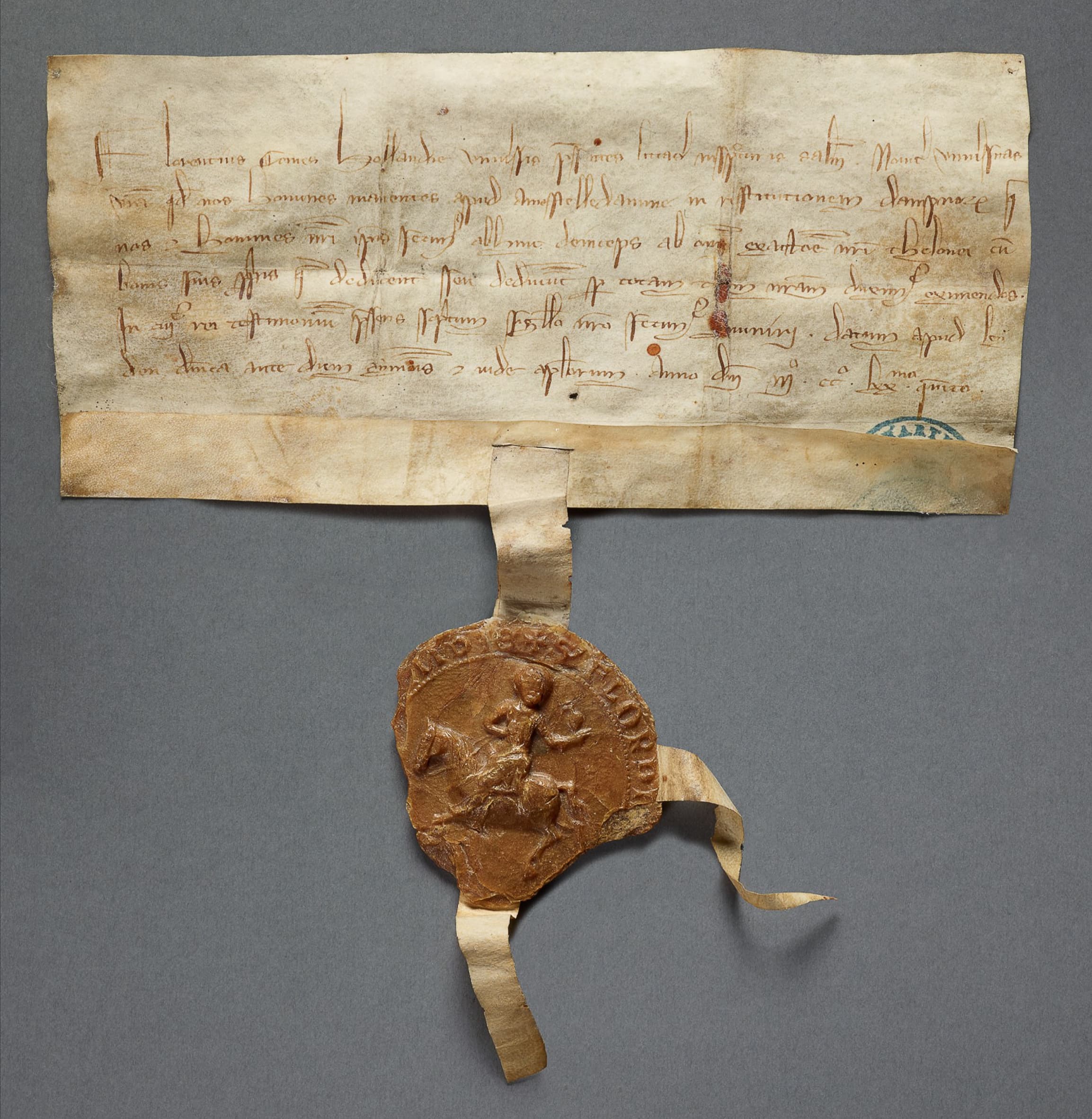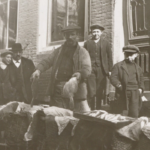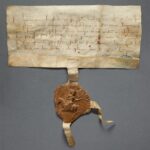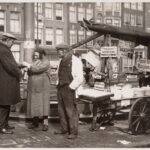
Amsterdam celebrates its 750th anniversary in 2025. On 27 October 1275, Floris V, Count of Holland, mentioned for the first time a small settlement on the River Amstel and its inhabitants in the Toll Privilege (Tolprivilege). This charter is regarded as the foundation for Amsterdam’s rise and flourishing as a major trading power in the 17th century.
From 1300 to 1700, the city built its famous—and at times notorious—trade network, and its population grew from about 1,000 to 200,000. Many customs and traditions from far and wide were adopted along the way. The new inhabitants helped shape the city and brought with them trading connections that proved crucial for its growth and prosperity. Yet at the time the Toll Privilege was issued, there was little to suggest that the small village at the mouth of the Amstel would one day grow into the world’s most powerful trading city. So how was this charter significant for Amsterdam’s later development? What did it mean for the city’s formation? And what exactly does it say?
The Toll Privilege is the first document in which the settlement around the dam in the Amstel is mentioned, confirming its existence:”homines manentes apud amestelledame”
homines manentes apud amestelledame
(“the people dwelling near the dam in the Amstel”).
Should we therefore see the charter as a kind of birth certificate of the city? The short answer is no. This charter cannot be read as a founding document of the settlement. The area where the river Amstel flowed into the IJ had already been permanently inhabited since the early 11th century. Amsterdam was already around 275 years old when the Toll Privilege was issued.

Nor did the charter grant the settlement city rights. City rights were special privileges that a sovereign could bestow upon a town in exchange for loyalty—such as the right to self-governance, to hold markets, or to levy tolls. It is often thought that Count Floris V of Holland granted the “Amsterdammers” the right to collect tolls, but that is not the case. What Floris actually granted was the right to transport their goods through his county without paying tolls. It was the Bishop of Utrecht, Guy (Gwijde) of Avesnes, who around 1300 granted Amsterdam its city rights. In 1275, Floris V was not yet Amsterdam’s sovereign lord; the town belonged to the Bishopric of Utrecht—known as het Sticht—not to the County of Holland.
The issuance of the Toll Privilege must be seen in the geopolitical context of the time. Floris V was engaged in a power struggle with Gijsbrecht van Amstel and several other local nobles. By granting “Amsterdam” special privileges, he effectively detached the town from the authority of the weak Bishop of Utrecht. Floris’s successor, John II of Avesnes, later installed his brother Guy as Bishop of Utrecht, and by 1317 John was able to formally add Amsterdam to Holland. Around 1300, therefore, the Toll Privilege primarily had political significance.
In the long run, however, the exemption from tolls gave an enormous boost to trade and to the growth of Amestelledame. And at the end of the 13th century, there was little to indicate such a future. Historians emphasize that the settlement’s location was not necessarily more advantageous for trade than other places in the western Low Countries—let alone the quality of the soil. The peatland on which it was built required constant maintenance and cooperation among its inhabitants. But it was precisely this cooperation that laid the groundwork for the later “egalitarian” civic society that has always characterized the city.
Moreover, the exemption from tolls gave Amsterdam’s merchants a major competitive advantage. Their goods were simply cheaper than those traded elsewhere. At first, this trade was limited to Holland, but in the first half of the 14th century the Amsterdammers expanded their trading network via Hamburg to the Baltic Sea. This late-medieval trade with the Baltic—the so-called mother trade (moedernegotie)—formed the basis for the global Dutch trade empire of the 17th century, led by Amsterdam. Growing trade created economic opportunity, and the freedom of conscience that prevailed in the city attracted many newcomers who enriched Amsterdam with their cultural practices, knowledge, and skills.
In short, the Toll Privilege was not Amsterdam’s birth certificate—but it is certainly a fine reason for a very Amsterdam-style celebration.




